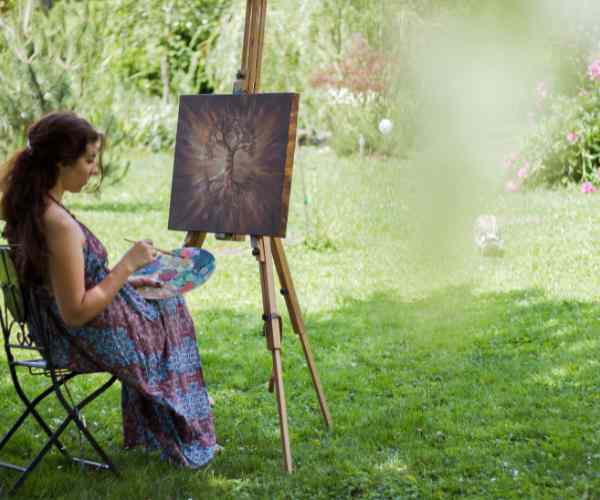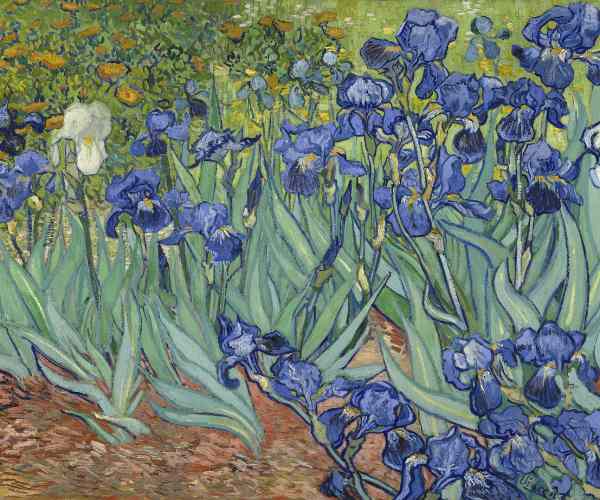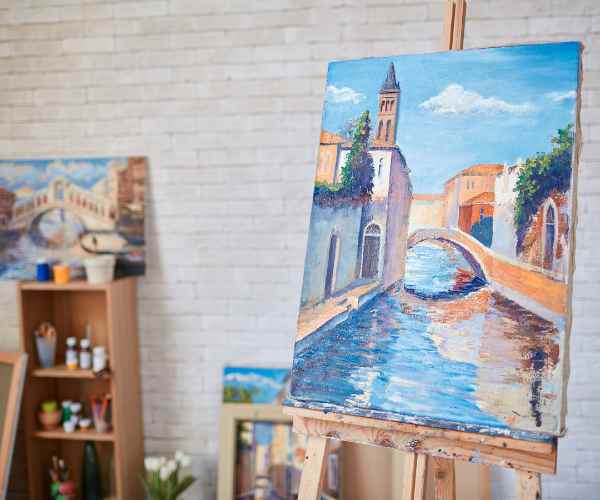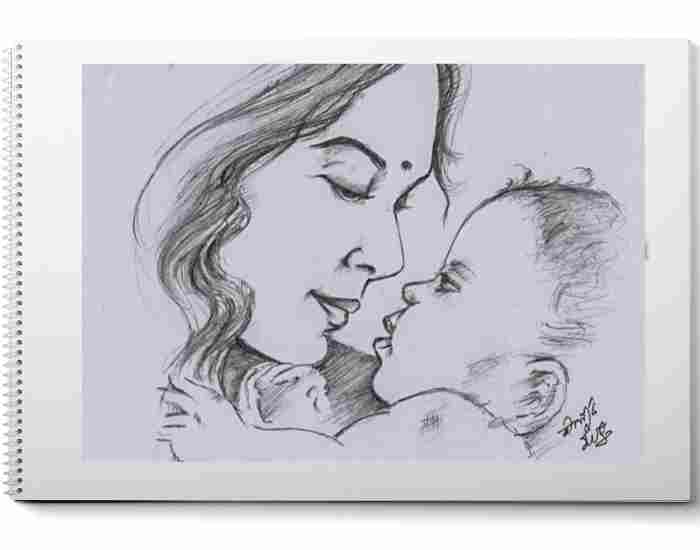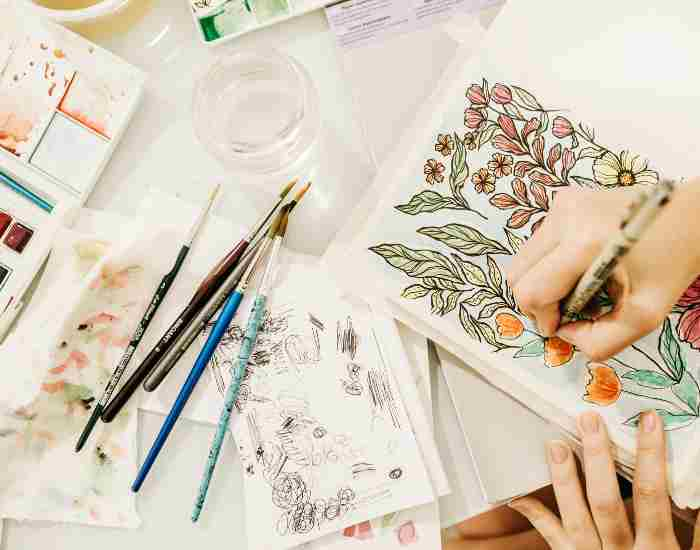25 Canvas Painting Ideas Inspired by the Outdoors in 2025
Undoubtedly, canvas painting, nature has become an adequate source of inspiration. The great nature owes much of its expression to the variety of colors, light and landscapes which have occupied the center stage in wholistic artistic expression across cultures and ages. This apportioning of attributes of nature to art is further substantiated by a study…

